We may earn revenue from the products available on this page and participate in affiliate programs. Learn More ›
DIY Paint Thinner
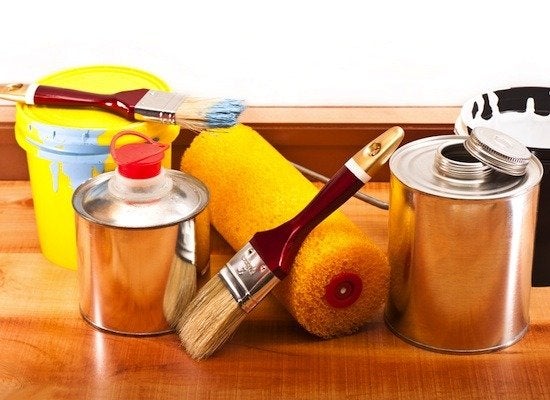
Paint thinner has long been an essential weapon in the DIYer’s home arsenal, but its strong fumes can make it tough to be around. You can create your own oil-based paint thinner with a quarter cup of lemon oil and a cup of linseed oil. Mix it into your paint little by little until it’s the right consistency.
DIY Concrete Mixer
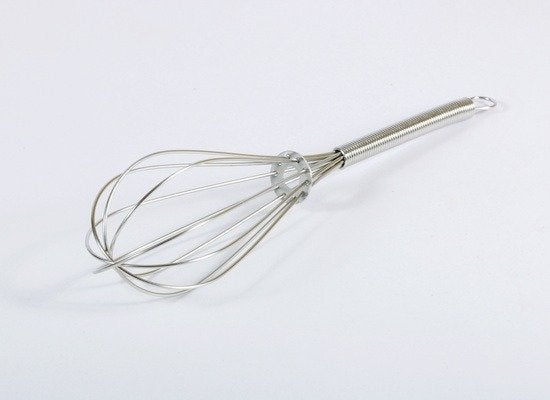
If a dedicated concrete mixer is a luxury you can’t afford, improvise your own. You can mix small batches using a power drill fitted with a whisk; for larger amounts, shell out for a concrete mixer bit.
DIY Wood Filler
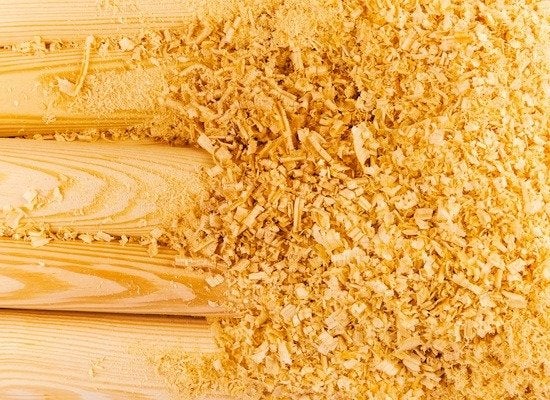
Wood filler is pretty cheap, but if a trip to the hardware store isn’t in your future, it’s easy enough to make yourself. For a perfect color match, use sawdust from the damaged furniture. Mix one part sawdust with three parts glue, and apply to the hole. Wait for it to dry, then sand.
DIY Paint
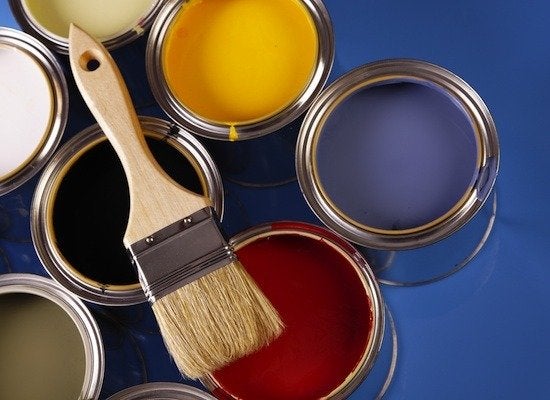
Yes, really, you can make your own milk paint using only skim milk (go figure) and powdered pigment. If that’s not your style, you can turn ordinary flat-finish paint into chalkboard paint by adding two tablespoons of tile grout to every cup of paint. Smooth with fine sandpaper after the paint dries.
Related: How to Make Chalk Paint: 4 Super-Simple DIY Recipes
Make a Mini Sander
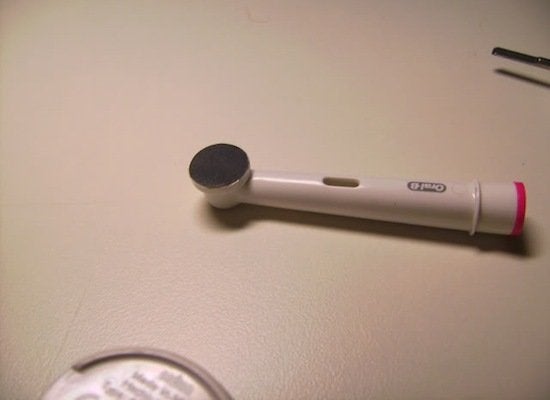
For sanding very small details, a mini orbital sander will come in handy. To make your own, just remove the bristles from the brush head of an old electric toothbrush, and replace with self-stick sandpaper.
Imitate a Phillips
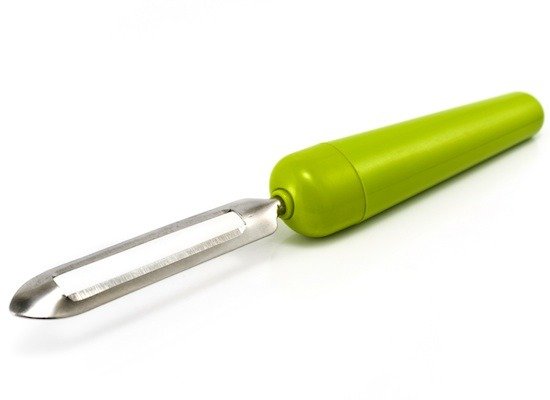
Everyone should own a Phillips screwdriver. In fact, if you don’t have one, stop reading this and go buy one right now. But if you find mid-job that you’ve misplaced yours, a metal vegetable peeler works in a pinch.
Remove Stripped Screws
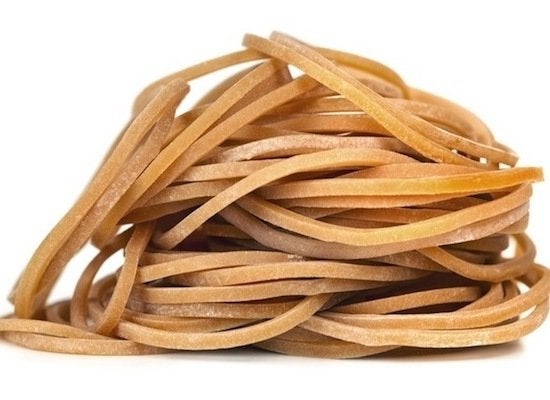
Often caused by using the wrong size screwdriver, stripped screws can be a pain to deal with. The easiest way to remove them is with an extractor, but if you don’t have one, try this: Place a wide rubber band over the screw’s head, and insert your power drill to unscrew.
DIY Paint Brush Holder
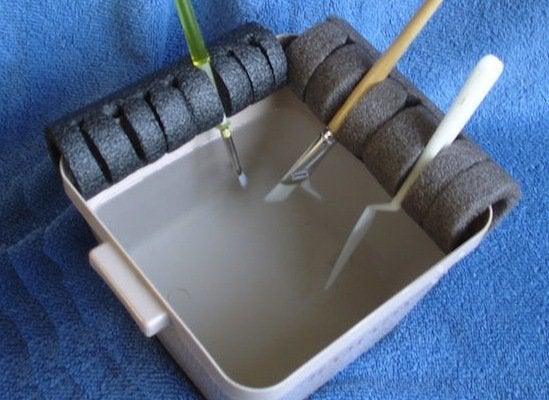
instructables.com / via mole1 under Creative Commons
Some of us are painting pros, and then others are pros at letting our brushes slip into a full paint pan. Prevent this by cutting foam pipe insulators to fit the side of a paint tray, and then making slits along the length. If you need to step away, just stick the brush in the foam.
Magnetic Personality

Magnetic tools can make many DIY tasks much easier by keeping small nails and screws nearby when needed. To hack an existing hammer, glue a magnet to the bottom of the handle so you can take your nails wherever you go—without ever having to stick them in your mouth.
Post-Its

Post-It notes probably aren’t in your toolbox, but maybe they should be. Next time you’re drilling into a wall, stick one to the wall just under the hole you’re drilling, and fold the bottom up to meet the top—the crease will catch the dust.

Everything You Need for a Lush and Healthy Lawn
Keeping your grass green and your plants thriving doesn’t just take a green thumb—it starts with the right tools and supplies.

